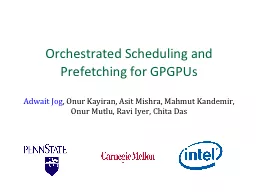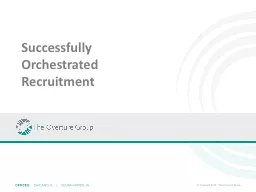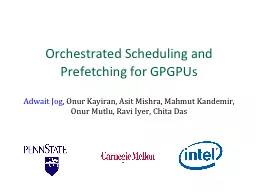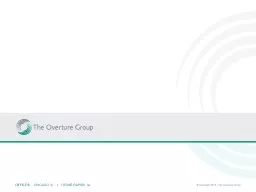PPT-Orchestrated by
Author : liane-varnes | Published Date : 2017-05-26
The Silver Bullet Machine Manufacturing Company Limited College of Social Sciences Public Policy Workshop 2 19 th June 2012 The University of Glasgow Participants
Presentation Embed Code
Download Presentation
Download Presentation The PPT/PDF document "Orchestrated by" is the property of its rightful owner. Permission is granted to download and print the materials on this website for personal, non-commercial use only, and to display it on your personal computer provided you do not modify the materials and that you retain all copyright notices contained in the materials. By downloading content from our website, you accept the terms of this agreement.
Orchestrated by: Transcript
Download Rules Of Document
"Orchestrated by"The content belongs to its owner. You may download and print it for personal use, without modification, and keep all copyright notices. By downloading, you agree to these terms.
Related Documents








![[FREE]-Learn Kubernetes Docker - .NET Core, Java, Node.JS, PHP or Python: Be ready to](https://thumbs.docslides.com/972962/free-learn-kubernetes-docker-net-core-java-node-js-php-or-python-be-ready-to-create-and-run-your-containerized-and-orchestrated-application-next-week-learn-collection.jpg)